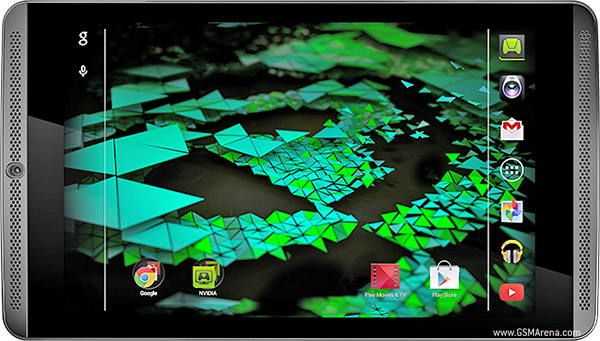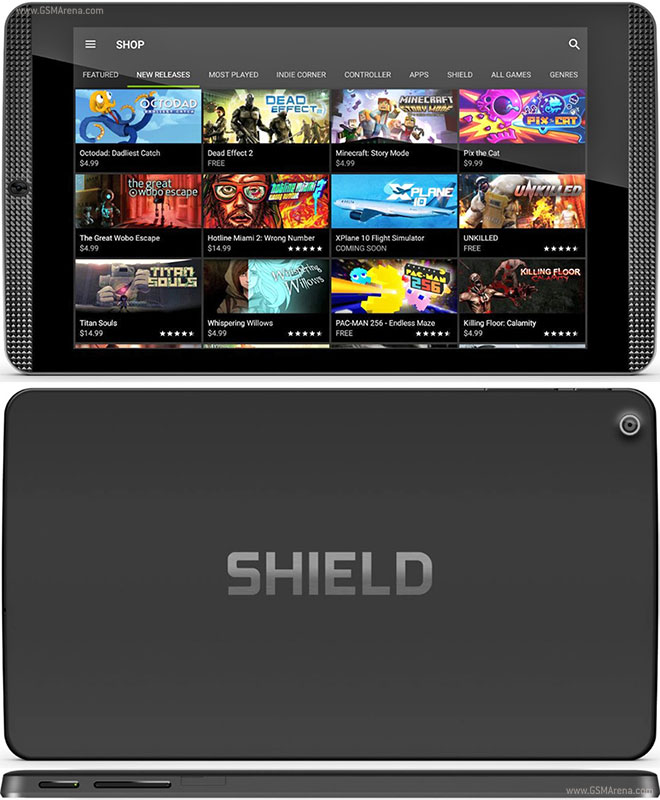Nvidia Mobile Phones Price in Bangladesh
The Rise of Nvidia Mobile Phones
In recent years, Nvidia has become a household name in the world of technology with its cutting-edge graphics cards and processors. However, the company's influence is now extending beyond the computer industry and into the realm of mobile phones. With the release of its Tegra mobile processors, Nvidia is now taking the smartphone market by storm.
The Beginning of Nvidia's Mobile Journey
Nvidia's journey into the mobile phone market began in 2011 with the release of the Tegra 2 chipset. This was the first mobile processor created by Nvidia and it quickly gained recognition for its powerful performance and energy efficiency. The Tegra 2 was used in various smartphones and tablets, cementing Nvidia's place as a player in the mobile industry.
However, it wasn't until the release of the Tegra 4 in 2013 that Nvidia truly made its mark on the mobile market. This processor boasted impressive capabilities such as 4K video playback and console-quality gaming. It also introduced Nvidia's signature "GeForce" graphics technology to the mobile space, allowing for enhanced visual experiences on smartphones.
The Evolution of Tegra
Nvidia continued to improve upon its Tegra processor, releasing the Tegra K1 in 2014. This iteration was the first to feature a true quad-core processing unit and introduced 64-bit capabilities to mobile devices. This was a game-changer for the industry, as it allowed for even more advanced and demanding applications to be run on smartphones.
In 2015, Nvidia expanded its Tegra line with the release of the Tegra X1. This marked a shift towards more powerful and efficient processors, with the X1 featuring an octa-core CPU and advanced graphics architecture. This led to increased adoption of Tegra in high-end smartphones, paving the way for Nvidia's dominance in the mobile space.
The Current State of Nvidia Mobile Phones
Today, Nvidia's Tegra processors are used in a variety of high-end smartphones. The most notable of these is the Google Pixel, which uses the Tegra X1 to power its impressive camera and AI capabilities. Other popular smartphones such as the Xiaomi Mi Pad and the Sharp Aquos SH-M05 also utilize Tegra processors.
Furthermore, Nvidia has expanded its presence in the mobile market with its acquisition of mobile chipmaker Icera in 2011. This has allowed the company to develop its own modem technology and further solidify its position in the industry.
The Future of Nvidia in Mobile
As technology continues to advance, so does the demand for more powerful and efficient mobile devices. Nvidia is at the forefront of this evolution, with its Tegra processors constantly pushing the boundaries of what is possible on a smartphone. With the recent release of its Tegra X2, which boasts up to 100% performance improvement over its predecessor, Nvidia shows no signs of slowing down.
In addition, Nvidia's ongoing collaborations with major players in the mobile industry such as Google, Microsoft, and Samsung indicate a promising future for the company in the mobile space.
In Conclusion
Nvidia's entrance into the mobile phone market has been nothing short of revolutionary. Its Tegra processors have brought unparalleled performance and capabilities to smartphones, elevating the user experience to new heights. As the demand for more advanced mobile devices continues to grow, Nvidia will undoubtedly play a vital role in shaping the future of mobile technology. So keep an eye out for Nvidia mobile phones – they are definitely here to stay.

